AO Edited
Great Kobuk Sand Dunes
Massive mounds of golden sand look like a desert landscape randomly plopped in an Arctic forest.
One of the least-visited national parks in the United States offers a strange sight to those willing to venture into its remote wildlands. In the Kobuk Valley, grains of golden sand replace the snowflakes typically associated with the Arctic. They form a massive swath of sand piled high atop the earth. Flanked by rivers and dense clusters of trees, the dunes look like a desert landscape randomly plopped within the Alaskan forest.
The Great Kobuk Sand Dunes are the Arctic’s largest active sand dunes. Together with two smaller sets of dunes, they cover the ground in a roughly 30-square mile mound of sand that reaches up to 100 feet high in some places. Their presence, however out-of-place, is due to a natural geological phenomenon that occurred during the last Ice Age.
When the glaciers receded during the Illinoian glaciation period, the massive chunks of ice churned over their underlying rocks, grinding them to bits and leaving stretches of fine sand in their wake. Over time, the wind lifted the sand into the sky before depositing it into the Kobuk Valley, where it remains largely sheltered but still vulnerable to the wind’s mercy.
Though they look barren, the dunes are home to hordes of Arctic wildlife. Grasses, rye, and even the rare Kobuk locoweed (a flower that only blooms in the valley) thrive along their edges and slopes. Bears, wolves, moose, and foxes leave their prints in the soft sand. Twice a year, about a quarter of a million Western Arctic Caribou trek across the dunes as part of their migrations.
Humans, too, once frequented the sandy mounds. About 8,000 years ago, early Arctic settlers set up hunting camps along their edges, which they used as bases to pursue the big game that passed through.
Know Before You Go
There are no roads in or out of the park. Chartering an air taxi is the best way to get there.


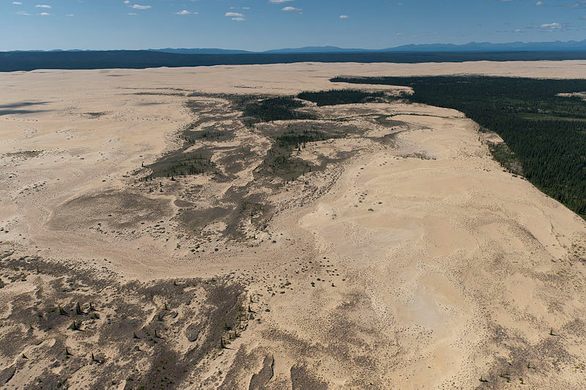

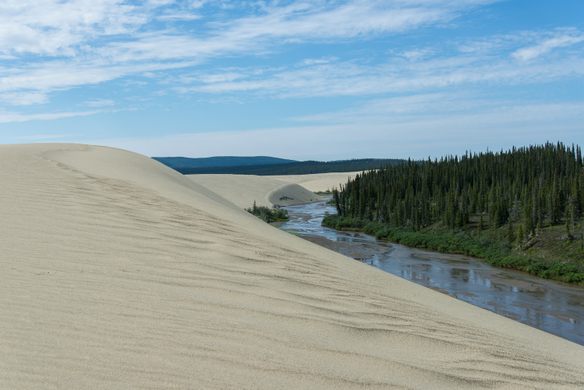


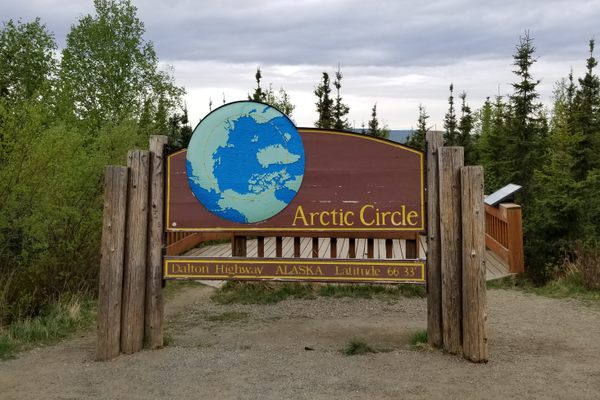

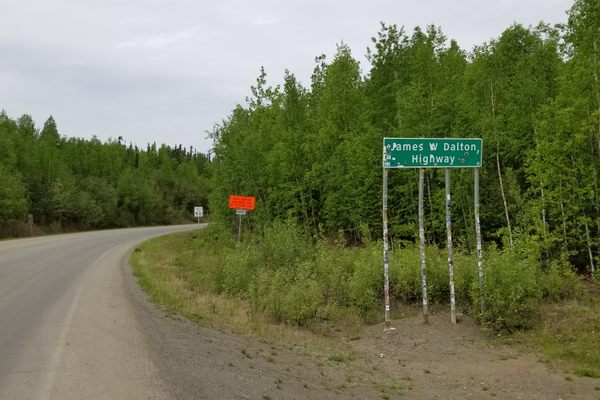
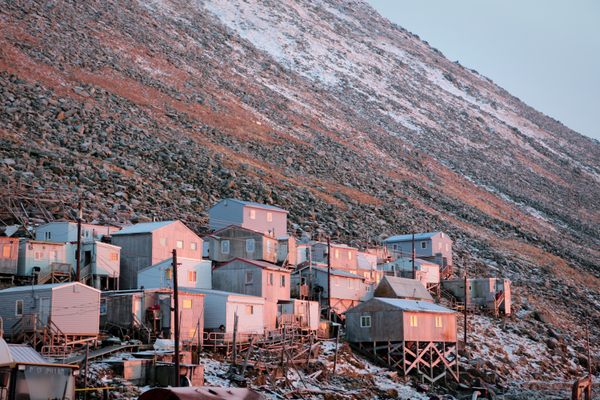

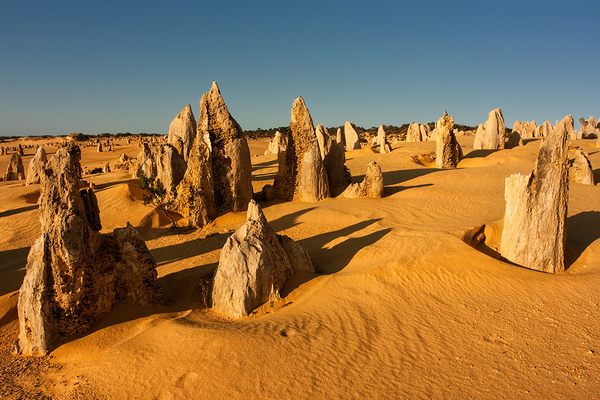



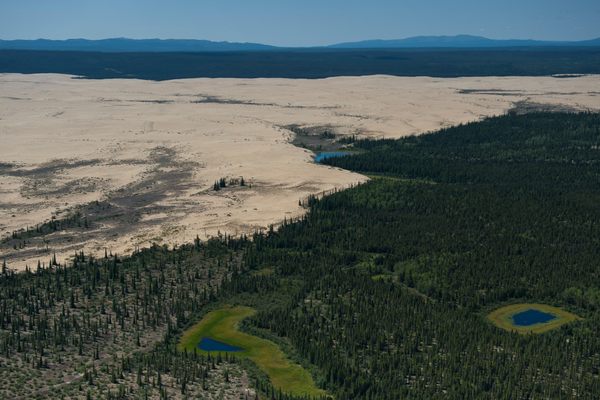


Follow us on Twitter to get the latest on the world's hidden wonders.
Like us on Facebook to get the latest on the world's hidden wonders.
Follow us on Twitter Like us on Facebook